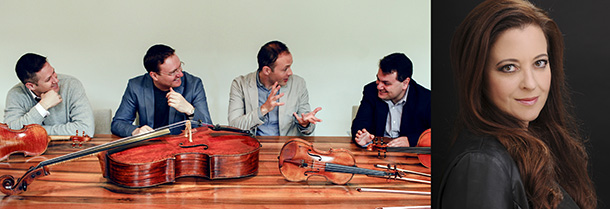Tag: Vancouver Recital Society
-

PROGRAM NOTES: DANIEL HSU
Robert Schumann Kinderszenen Op. 15 The character piece, a short work expressing a single mood or illustrating an idea suggested by its titling, was a typical product of the Romantic era, and Robert Schumann was a major contributor to the genre. In 1838 he composed 30 such works, publishing 13 of them in a collection…
-
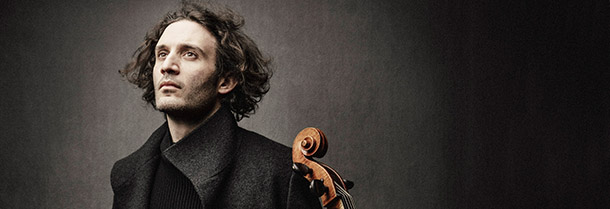
PROGRAM NOTES: NICOLAS ALTSTAEDT
Henri Dutilleux Trois strophes sur le nom de Sacher Swiss conductor Paul Sacher (1906-1999), founder of the Basel Chamber Orchestra, was an immensely important figure in 20th-century music. With a family fortune based on a controlling share of the Hoffman-LaRoche pharmaceutical empire, he commissioned works from some of the century’s greatest composers. These commissioned works…
-
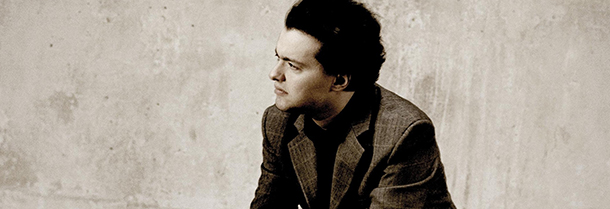
PROGRAM NOTES: EVGENY KISSIN
Johann Sebastian Bach Toccata and Fugue in D minor BWV 565 (arr. Tausig) While keyboard transcription and political debate might at first blush seem to be radically different fields of endeavour, one justly famous incident on American television stands emblematic of the risks run, in both disciplines, for those who would engage in rhetorical posturing.…
-
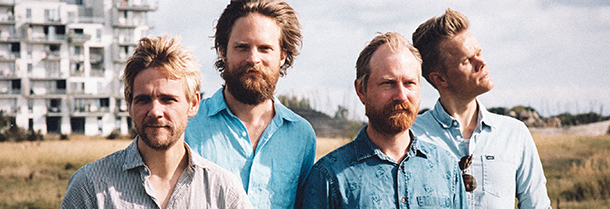
PROGRAM NOTES: DANISH STRING QUARTET II
Franz Schubert String Quartet No. 14 in D minor D. 810 (Death and the Maiden) Schubert’s “Death and the Maiden” string quartet is a sombre work, with all four of its movements set in a minor key. It takes its name from the composer’s lied Der Tod und das Mädchen (1817) that provides the theme for…
-

PROGRAM NOTES: STEPHEN WAARTS
Claude Debussy Sonata for Violin and Piano in G minor L. 140 The sound of Debussy’s music confounded many of his contemporaries. From a tonal point of view, it floated in stasis in a world of pastel sounds that arrived at their destination more by whim than by design. How, they asked, could what he…
-

PROGRAM NOTES: JAKUB JÓZEF ORLIŃSKI
J.J. Fux Non t’amo per il ciel from Il fonte della salute, aperto dalla grazia nel Calvario Johann Joseph Fux was an early-18th-century Austrian court composer of the first rank, best known by musicians today for his widely studied treatise on Renaissance counterpoint entitled Gradus ad Parnassum (1725). The Hapsburg court in Vienna was the…
-

PROGRAM NOTES: ISATA KANNEH-MASON
Wolfgang Amadeus Mozart Sonata No. 14 in C minor K. 457 In 1785 Mozart’s Sonata in C minor was published together with the composer’s Fantasia in C minor as a single opus, with the Fantasia forming a kind of introductory ‘prelude’ to the sonata. Given that the Fantasia was composed many months after the sonata,…
-
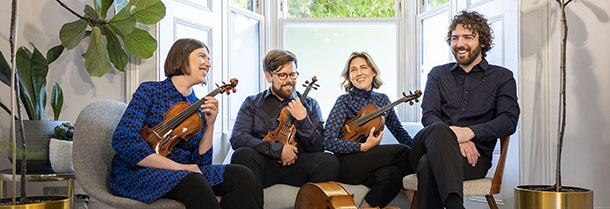
PROGRAM NOTES: CASTALIAN STRING QUARTET
Franz Joseph Haydn String Quartet in D minor Op. 76 No. 2 (“Fifths”) Haydn is known as the father of the string quartet for his leading role in transforming the genre from its origins as light entertainment into a vehicle for serious composition, worthy of standing beside the instrumental sonata and the orchestral symphony. His…
-
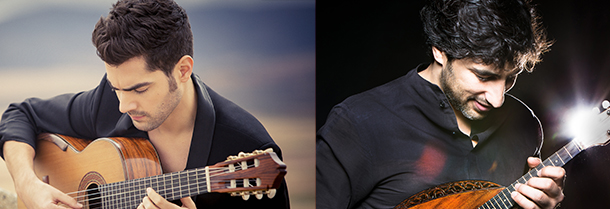
PROGRAM NOTES: MILOŠ AND AVI AVITAL
Johann Sebastian Bach English Suite No. 2 in A minor: Prelude | Well-Tempered Clavier 1: Fugue in C minor | Concerto in D minor (after Marcello): Adagio | Partita No. 2 in C minor: Capriccio In Bach’s time, the instrument closest to the sound world of the guitar and mandolin was the lute. Bach wrote…


